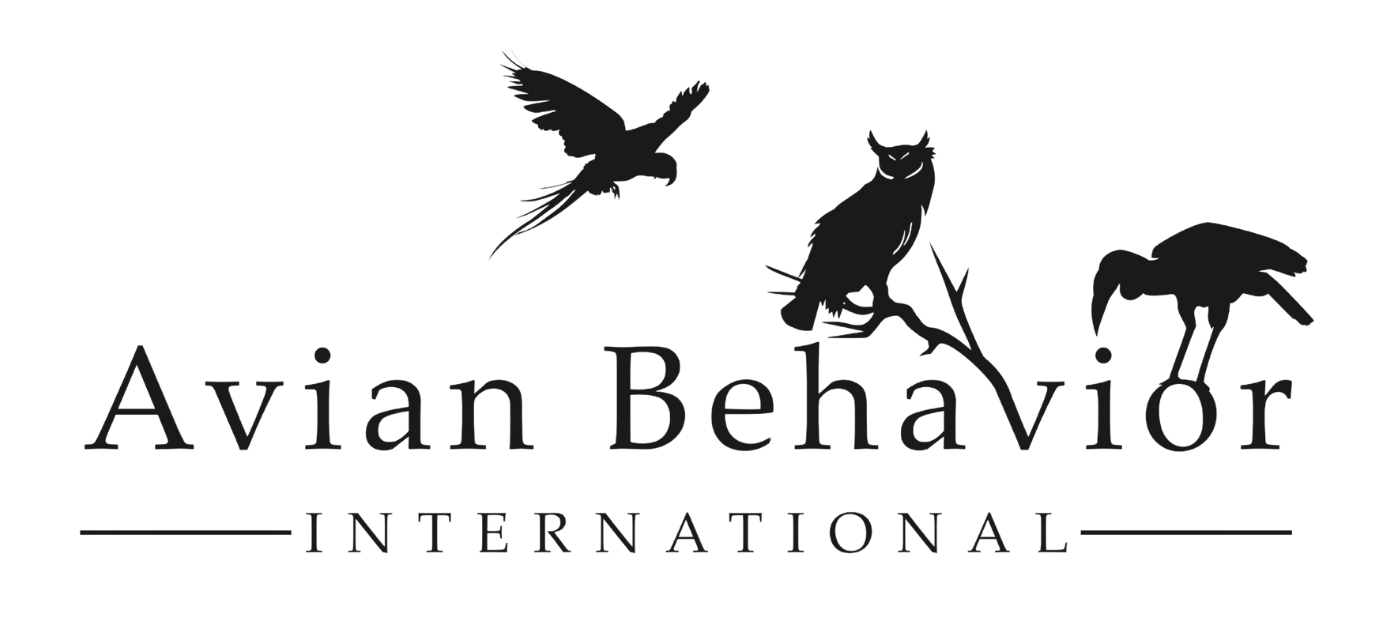18 Sep When a Bird of Prey Loses Motivation: Looking Beneath the Surface
At some point, every trainer runs into it: the bird that suddenly won’t step up, ignores food it used to love, or bates when asked to do something routine. We’re quick to call this a “loss of motivation.” But motivation doesn’t just vanish. What’s really happening is usually a combination of stress, predictability, and how we’ve structured reinforcement.
Reframing how we think about “motivation loss” can transform both the training process and the ambassador bird’s long-term welfare.
Stress vs. Motivation
When a bird refuses food, bates, or freezes, it isn’t being stubborn. It’s showing you stress. Chronic stress in birds of prey, just as in humans, takes a toll: elevated hormones, reduced appetite, and displaced behaviors toward self or others. If we ignore these signals and try to push through, we risk damaging trust and creating cycles of avoidance.
Rather than asking “Why is my bird unmotivated?” a better question is: “What is my bird telling me about how it’s experiencing this situation?”
Exploring their home environment, staff habits, and the level of choice-based training, or lack thereof, in the bird’s learning and lived experience is a deeper dive, but worth digging into in the long run.
The Power of Predictability
Birds do best when they can make predictions about what happens next. If husbandry tasks and training sessions blur together, or if routines change without warning, the bird loses that sense of control.
A simple fix is to separate husbandry from training:
- Use an obvious cue (like a different glove or no glove at all) to distinguish training from husbandry, the latter of which is sometimes performed by less experienced staff members
- Keep your movements smooth, neutral, and deliberate during care tasks.
- Reserve food and eye contact for training sessions only if possible.
This way, the bird learns: “When this cue is present, I know what to expect.” Predictability reduces anxiety and builds a sense of safety, which looks a lot like motivation.
Expanding Reinforcement Opportunities
Sometimes a bird looks unmotivated because we’ve narrowed reinforcement to one behavior or one kind of food. That’s a fragile system.
Instead, look for multiple reinforceable behaviors: a beak grind, a weight shift toward you, a relaxed foot tuck, even a tail wiggle. All of these can be acknowledged and reinforced—often with distance as the reward. The more options the bird has, the more degrees of freedom it feels.
Food variety and delivery also matter. Rotating diet items, changing how they’re offered, and integrating foraging keeps food exciting and relational, not transactional.
Building Skills, Not Just Behaviors
Another reason birds “lose motivation” is they don’t yet have the coping skills to deal with small stressors. A bird that bates every time a door opens, or freezes when someone approaches, has a limited behavioral repertoire.
Skill-building isn’t just about big milestones like stepping up or crating. It’s also:
- Orienting calmly toward natural stimuli.
- Stationing during mild husbandry procedures.
- Targeting to a perch.
- Practicing delayed rewards through simple foraging challenges.
Each skill adds resiliency. Instead of defaulting to fear, the bird learns alternative responses that are reinforceable. Over time, “motivation” resurfaces because the bird feels equipped to handle its environment.
Rethinking Weight Management
Traditional methods often equate motivation with hunger. But depriving birds of food to make them responsive doesn’t build confidence—it builds desperation.
A progressive weight management paradigm takes a broader view:
- Maintain appropriate body condition (not just a number on the scale).
- Support molting and overall health.
- Allow birds to have regular full meals, especially outside of training.
- Adjust diet delivery to suit session outcomes—sometimes feeding out the remainder in enrichment is better than withholding it.
Motivation rooted in well-being, not scarcity, is sustainable and ethical.
The Bottom Line
When a bird of prey appears to “lose motivation,” it’s rarely about laziness or stubbornness. More often, it’s a bird signaling stress, confusion, or lack of reinforcement opportunities. By listening closely, creating predictable structures, expanding reinforcers, and supporting welfare through progressive diet management, we don’t just regain motivation—we build trust.
And trust is what creates the calm, confident conservation ambassadors that inspire people to care about wild birds and the ecosystems they depend on.

